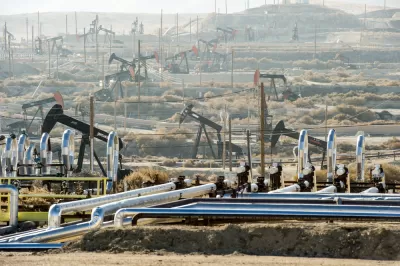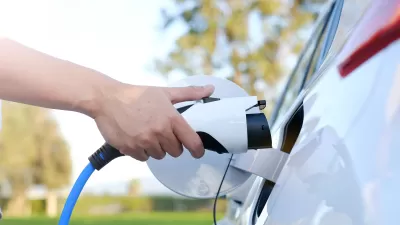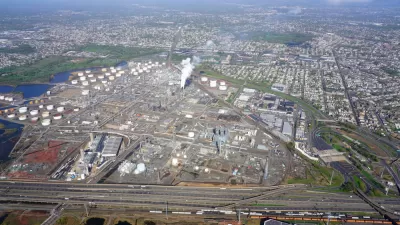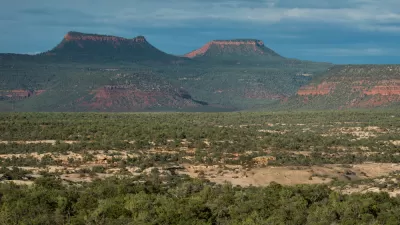The U.S. Environmental Protection Agency has finally spoken out about the risks posed by fracking to drinking water supplies. The Trump Administration seems very unlikely to head the warning.

Coral Davenport reports: "The Environmental Protection Agency has concluded that hydraulic fracturing, the oil and gas extraction technique also known as fracking, has contaminated drinking water in some circumstances, according to the final version of a comprehensive study first issued in 2015."
Davenport that the alarm level raised a great deal between the draft version and the final version, the latter released in December 2016.
A separate article by Jared Keller puts the findings of the report another way: "After months of anticipation, the Environmental Protection Agency has confirmed what environmental activists have long believed: Hydraulic fracturing (or fracking), long seen by oil and gas companies as the future of domestic energy production in the United States, carries a significant human cost."
Davenport's reporting frames the report more in context of the likely environmental regulation policies of the incoming Trump Administration: "President-elect Donald J. Trump has vowed to expand fracking and roll back existing regulations on the process."
FULL STORY: Reversing Course, E.P.A. Says Fracking Can Contaminate Drinking Water

Maui's Vacation Rental Debate Turns Ugly
Verbal attacks, misinformation campaigns and fistfights plague a high-stakes debate to convert thousands of vacation rentals into long-term housing.

Planetizen Federal Action Tracker
A weekly monitor of how Trump’s orders and actions are impacting planners and planning in America.

San Francisco Suspends Traffic Calming Amidst Record Deaths
Citing “a challenging fiscal landscape,” the city will cease the program on the heels of 42 traffic deaths, including 24 pedestrians.

Defunct Pittsburgh Power Plant to Become Residential Tower
A decommissioned steam heat plant will be redeveloped into almost 100 affordable housing units.

Trump Prompts Restructuring of Transportation Research Board in “Unprecedented Overreach”
The TRB has eliminated more than half of its committees including those focused on climate, equity, and cities.

Amtrak Rolls Out New Orleans to Alabama “Mardi Gras” Train
The new service will operate morning and evening departures between Mobile and New Orleans.
Urban Design for Planners 1: Software Tools
This six-course series explores essential urban design concepts using open source software and equips planners with the tools they need to participate fully in the urban design process.
Planning for Universal Design
Learn the tools for implementing Universal Design in planning regulations.
Heyer Gruel & Associates PA
JM Goldson LLC
Custer County Colorado
City of Camden Redevelopment Agency
City of Astoria
Transportation Research & Education Center (TREC) at Portland State University
Jefferson Parish Government
Camden Redevelopment Agency
City of Claremont





























